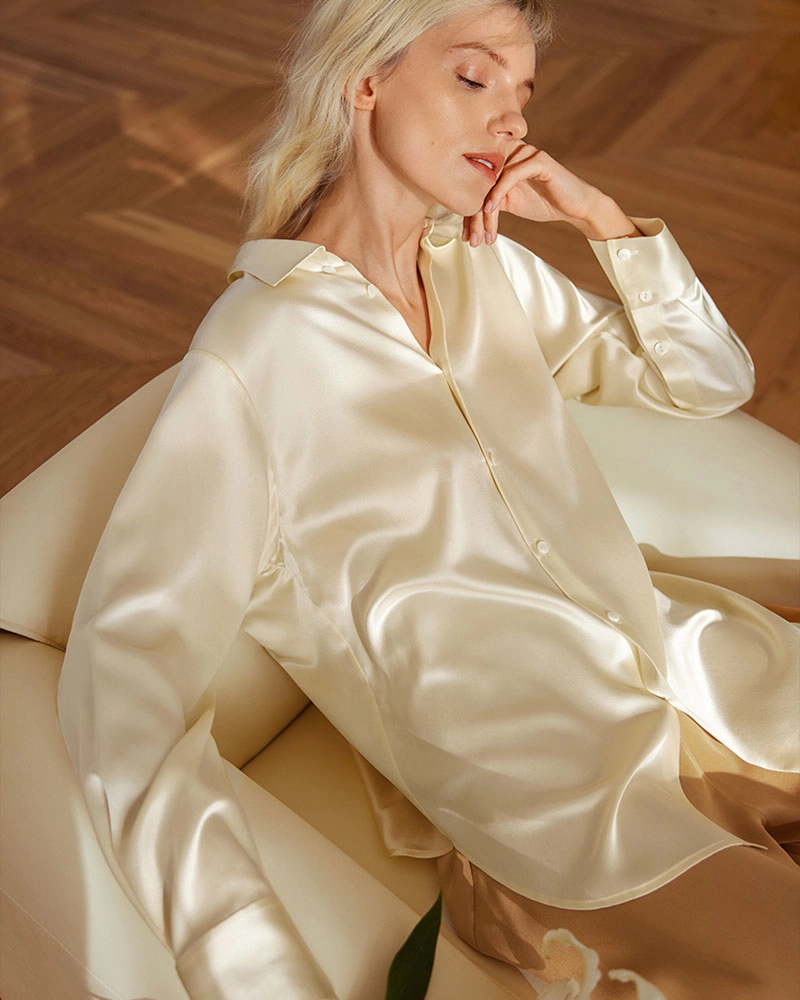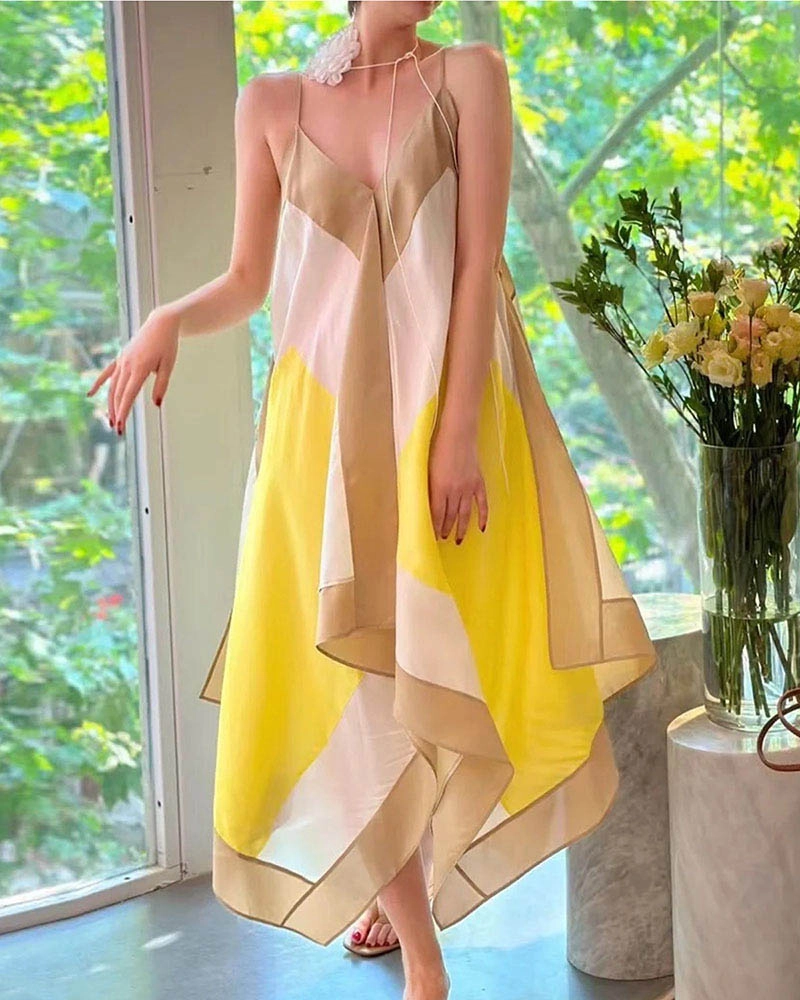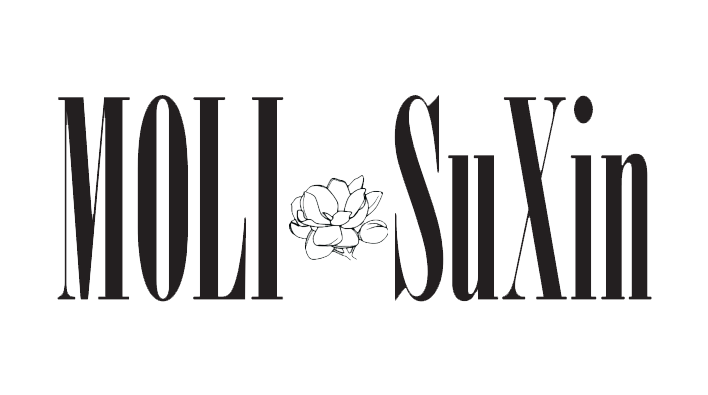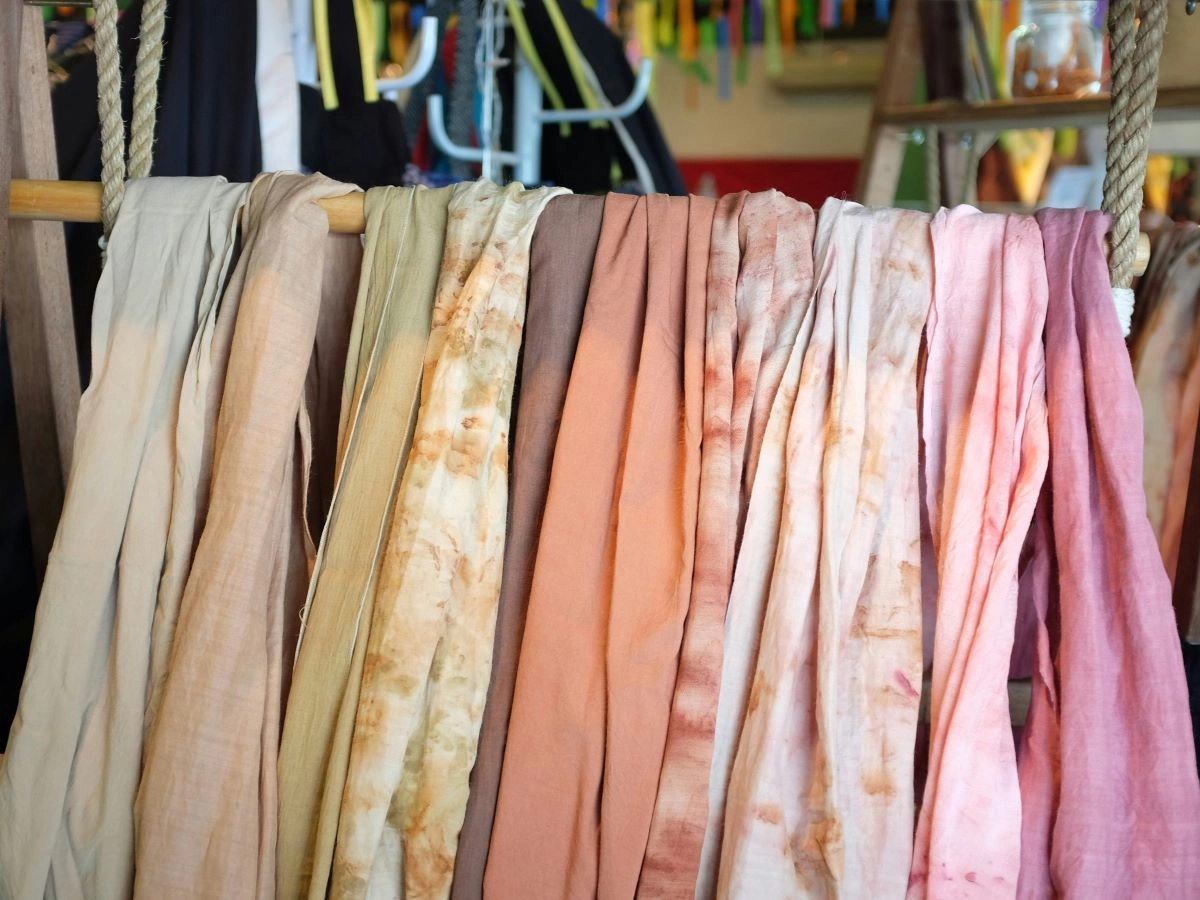
The growing revival of vintage fashion has transformed how designers and consumers perceive luxury apparel. Within this evolving landscape, silk printing and botanical dyeing techniques are redefining the aesthetics and sustainability of customized garments.
Silk, celebrated for its soft luster, breathable texture, and natural elegance, has historically symbolized status and artistry. When combined with modern printing innovations and eco-friendly botanical dyes, silk garments capture the romantic essence of vintage aesthetics while addressing contemporary demands for sustainable fashion.
This article explores how innovative silk printing and plant-based dyeing methods are revolutionizing customized vintage fashion clothing, merging craftsmanship, heritage, and environmental consciousness.
I. The Revival of Vintage Fashion and Its Material Demands
1. Shifting Consumer Aesthetics
Vintage fashion is no longer associated solely with nostalgia. Consumers seek garments that embody timeless design, authentic craftsmanship, and sustainable value. The rising demand for customized apparel has accelerated the adoption of high-quality fabrics like silk, which complement vintage silhouettes.
2. Sustainability and Luxury Integration
Today’s fashion industry faces increasing pressure to reduce environmental footprints. As a result, brands and designers are integrating eco-friendly techniques, such as botanical dyeing and waterless printing, into their customization processes. These advancements meet sustainability goals without compromising luxury quality.
II. Silk Printing: Redefining Vintage Patterns
1. Evolution of Silk Printing Techniques
Traditional silk printing relied heavily on manual block printing and screen printing, offering intricate details but limited scalability. Modern innovations introduce digital printing and reactive ink technologies, enabling high-resolution vintage patterns while preserving the softness and sheen of silk fabrics.
This evolution allows designers to reproduce archival floral motifs, abstract geometrics, and heritage paisleys with remarkable precision.
2. Customization for Vintage-Inspired Collections
Silk printing facilitates unparalleled design flexibility in customized garments:
-
Designers can reimagine classic patterns with contemporary color palettes.
-
Advanced printing ensures long-lasting vibrancy without fading after washing.
-
Consumers can personalize vintage silhouettes, achieving exclusive, limited-edition pieces.
The result is a fusion of old-world elegance and modern technology, giving vintage fashion fresh relevance.
III. Botanical Dyeing: Nature’s Palette for Timeless Appeal
1. The Rise of Plant-Based Dyes
Botanical dyeing techniques, derived from flowers, roots, leaves, and bark, have experienced a global resurgence. Unlike synthetic pigments, plant-based dyes produce organic gradients and subtle irregularities, enhancing the authenticity of vintage garments.
For example:
-
Indigo leaves yield rich denim-inspired blues.
-
Madder roots provide warm, earthy reds.
-
Turmeric infuses fabrics with golden undertones.
These natural pigments align with eco-conscious consumer preferences while adding depth and texture to silk-based designs.
2. Sustainability Advantages
Botanical dyeing consumes less energy and fewer chemicals, minimizing water pollution and supporting circular fashion principles. Moreover, these dyes are biodegradable and create safer working conditions for artisans, strengthening the link between sustainability and heritage craftsmanship.
IV. Synergy Between Silk Printing and Botanical Dyeing
When silk printing and botanical dyeing converge, they deliver a harmonious balance between vintage artistry and eco-friendly innovation.
-
Layered Textures and Patterns
Applying printed motifs over plant-dyed bases creates multi-dimensional effects that mimic antique fabrics. -
Customization Meets Sustainability
Designers achieve personalized aesthetics without relying on synthetic dyes, meeting consumer expectations for ethical luxury. -
Enhanced Durability and Color Retention
Combining reactive digital inks with botanical pigments ensures long-lasting vibrancy even after repeated wear and washing.
This synergy positions silk garments as luxury collectibles rather than disposable fashion items.

V. Applications in Customized Vintage Garments
1. Bespoke Dresses and Gowns
In vintage-inspired eveningwear, printed silk enhanced with botanical tones creates romantic silhouettes with delicate floral or geometric details. These dresses cater to consumers seeking timeless elegance combined with eco-consciousness.
2. Luxury Accessories
Customized silk scarves, ties, and shawls leverage silk printing precision and natural dye depth to produce one-of-a-kind heirlooms for the modern vintage wardrobe.
3. Sustainable Bridal Collections
The bridal segment increasingly adopts plant-dyed silks and archival-inspired prints to produce personalized gowns with heritage undertones, appealing to eco-aware couples.
VI. Market Dynamics and Consumer Preferences
1. Growth in Customized Vintage Fashion
Industry data indicates consistent growth in the custom clothing market, with silk-based vintage styles leading demand due to their versatility and prestige.
2. Eco-Friendly Luxury as a Differentiator
Consumers increasingly evaluate brands based on sustainable practices. Offering plant-dyed silk garments becomes a competitive advantage, particularly in premium segments where authenticity and ethics drive purchasing decisions.
Conclusion
The integration of silk printing and botanical dyeing represents a transformative shift in customized vintage apparel. By combining traditional craftsmanship with modern innovation, designers deliver garments that embody timeless artistry, individuality, and environmental responsibility.
As consumers continue prioritizing sustainable luxury, silk-based customization offers a compelling path forward, blending nostalgia, elegance, and innovation into one enduring narrative.
The future of vintage-inspired fashion lies in eco-conscious customization, where silk garments become symbols of heritage, creativity, and ethical refinement.


